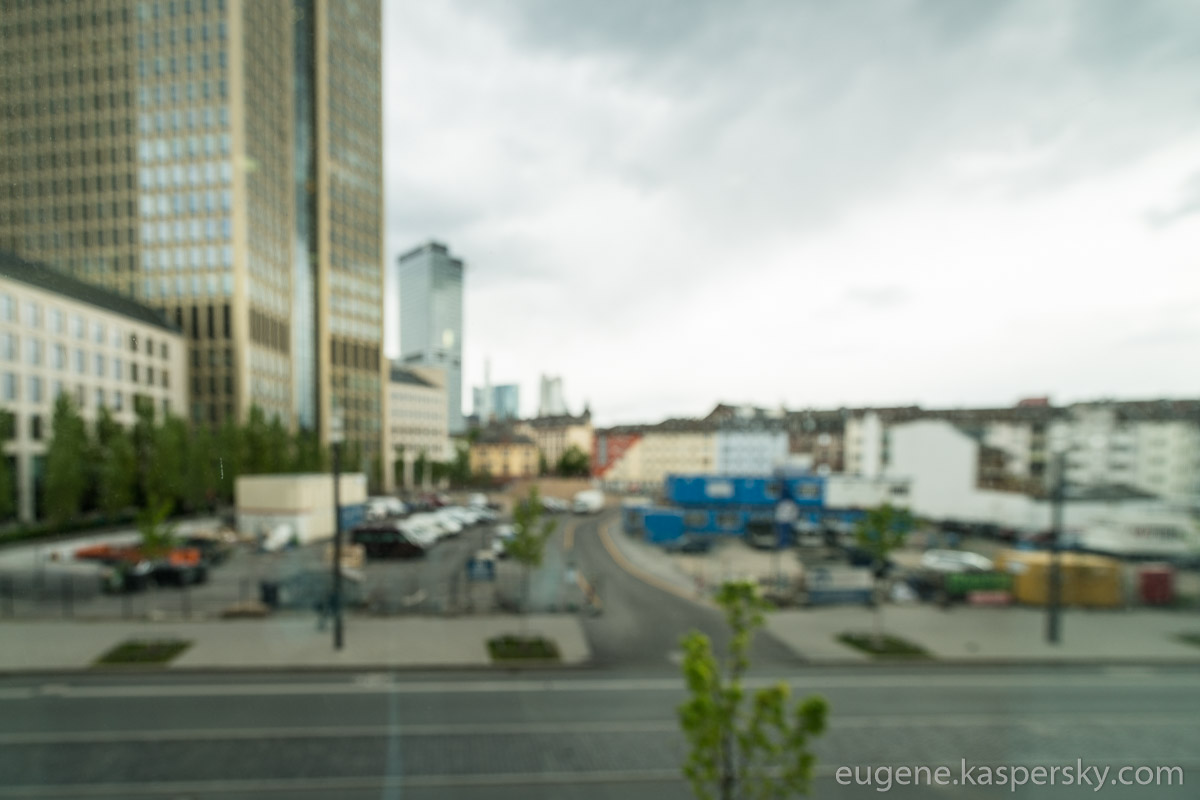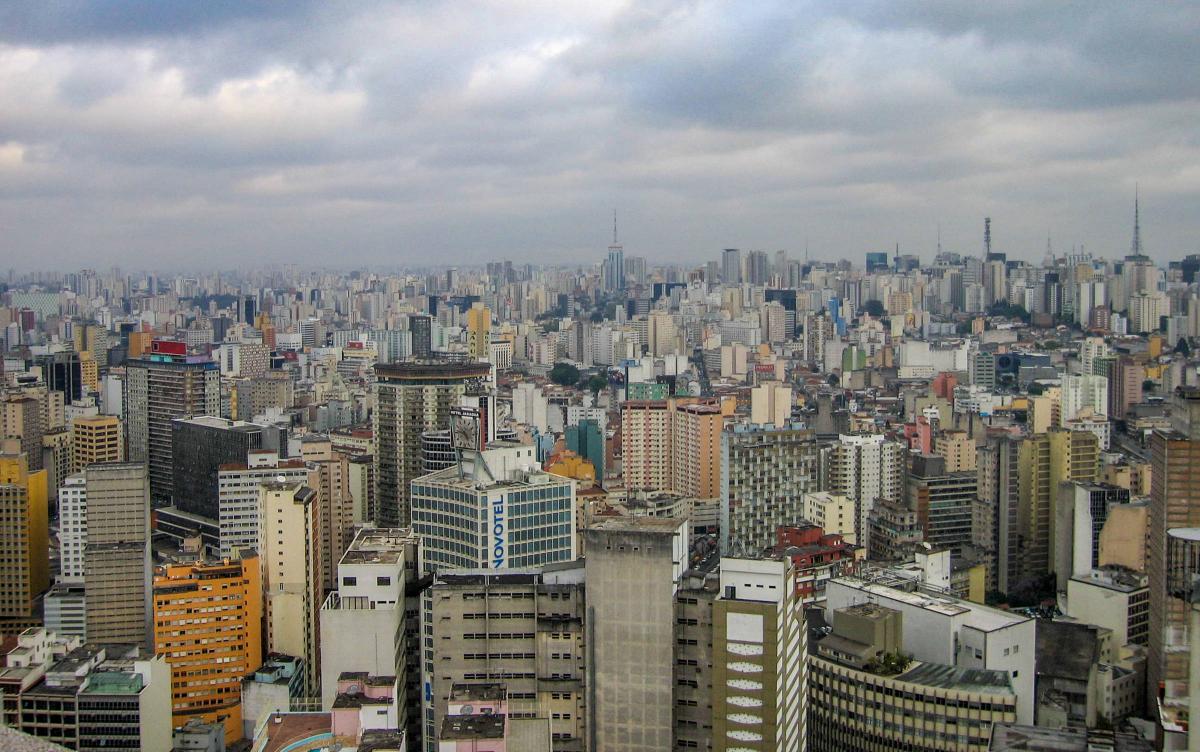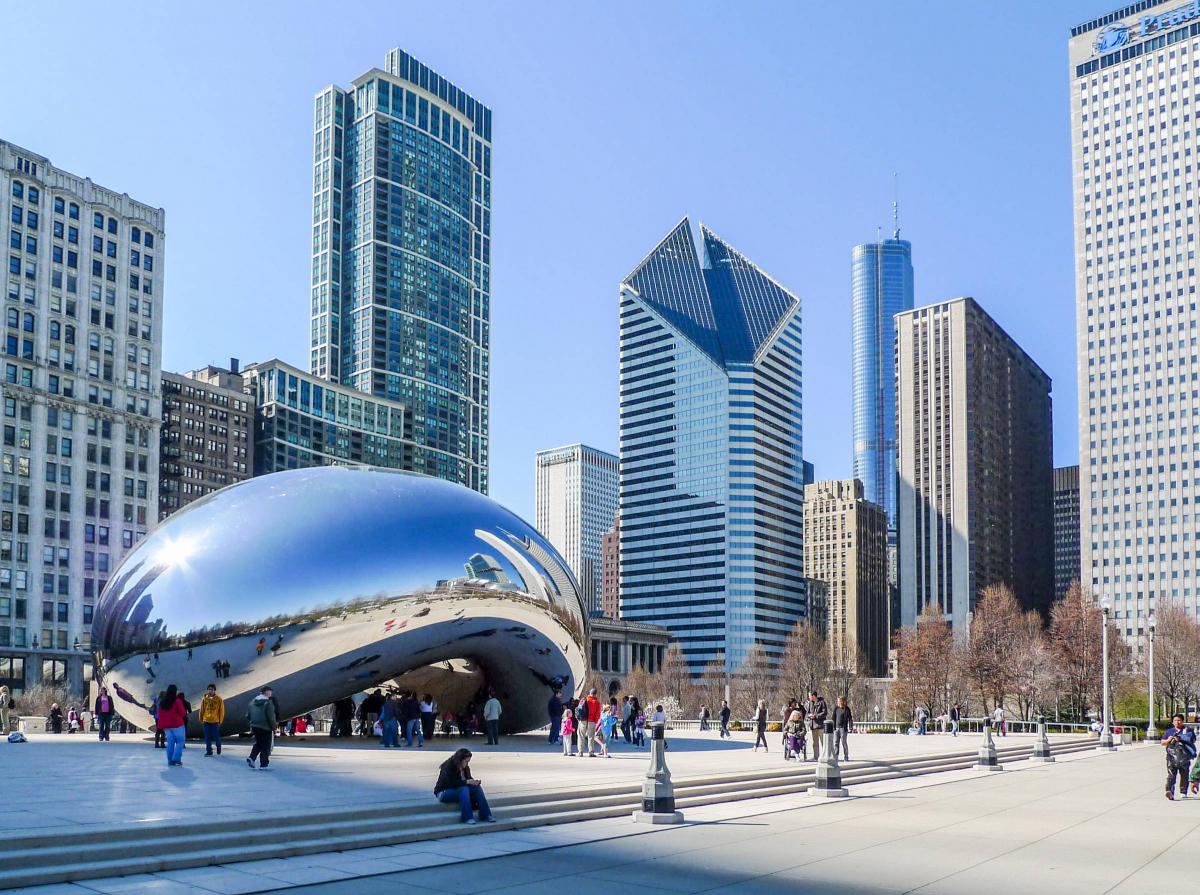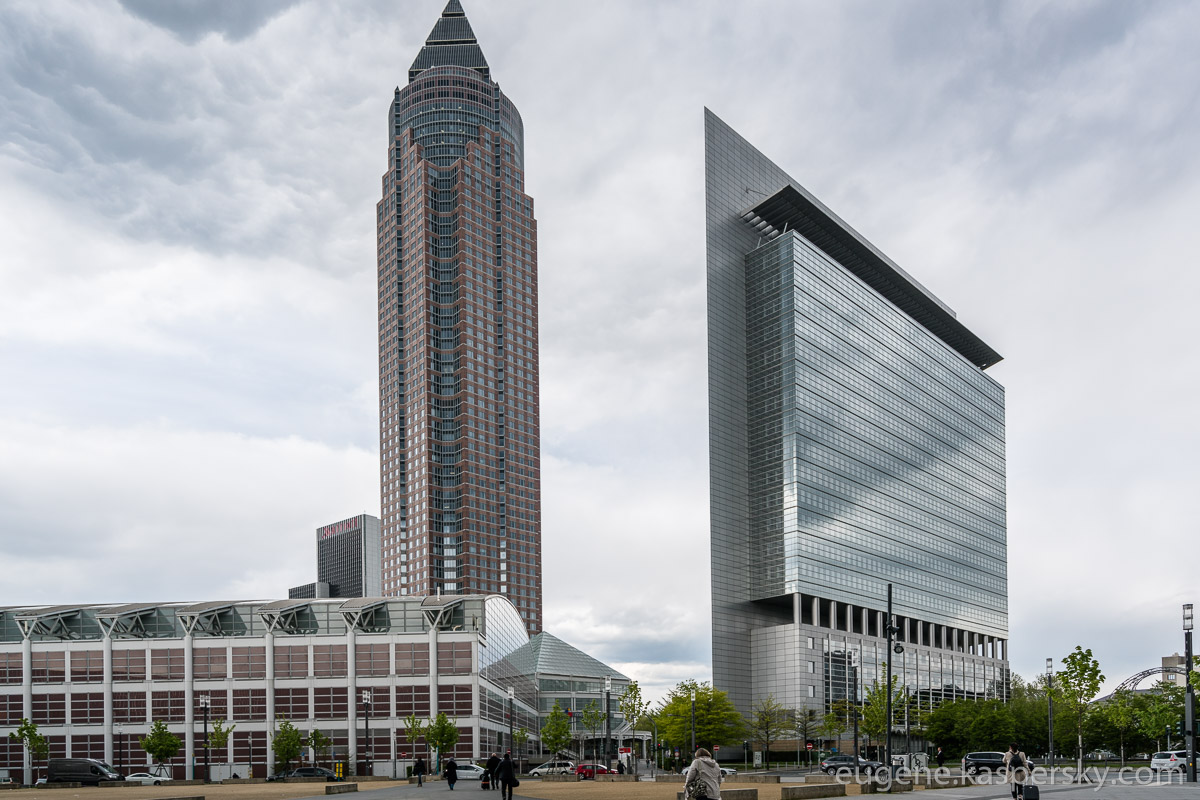May 4, 2017
Frankfurt Leaves an Impression.
Since I’m writing this post in the wee small hours of a London night, I can wish the bulk of my usual readers:
A good morning and good day!
As well as good evening, good night, sweet dreams! And then once again it’s onwards and upwards to new achievements in your personal and community activities. In other words, as yours truly is wont to say: “get back to work guys!”
Frankfurt is next up on my agenda. It’s a familiar situation – I’ve actually been here many times, but not in the city itself, just at the airport for connecting flights. I’ve never seen this large and very important city as a tourist! This time, too, Frankfurt has managed to fly past me, leaving a sort of “impressionistic” picture in the memory.
All the same, is there anything from Germany’s landscapes that I can offer you to exercise your mind? Are you ready to rack your brains?
But first, a small introduction. Let’s look at some different cities from above. For example, like this:
Cities can be large and varied. Beautiful and functional. Clean and dirty. Every place is different: higher or lower, fancier or simpler … in other words – unique.
Looking at all these differences can be pretty exciting.
But here is a question that has been bothering me for years.
Why are cities in Europe mostly flat, while in North America almost every important city has a clearly defined center with skyscrapers surrounded with low-rise buildings stretching out to the horizon? Why is that?
Yes, there are exceptions: Paris with LaDefense and Moscow with Moscow City. Both are artificial formations, state-level projects.
But in general, Europe is flat and America is high-rise. WHY IS THAT?`
Whoever comes up with the most satisfactory answer will win … a chocolate! :)
For example, Frankfurt am Main. The financial capital of Germany. Because of the skyscrapers, it is affectionately called “Mainhattan”.
This is the only place with skyscrapers in the whole country and one of the few in Europe. But why? In America it is normal to see skyscrapers surrounded by low buildings in the city centers. How so?
I suggest you give it a good think over and come up with the best ideas for the judgement of this most trolling of Internet communities.
P.S.: and in this photo, I am going to work a little, thanks for reading the whole post! :)














